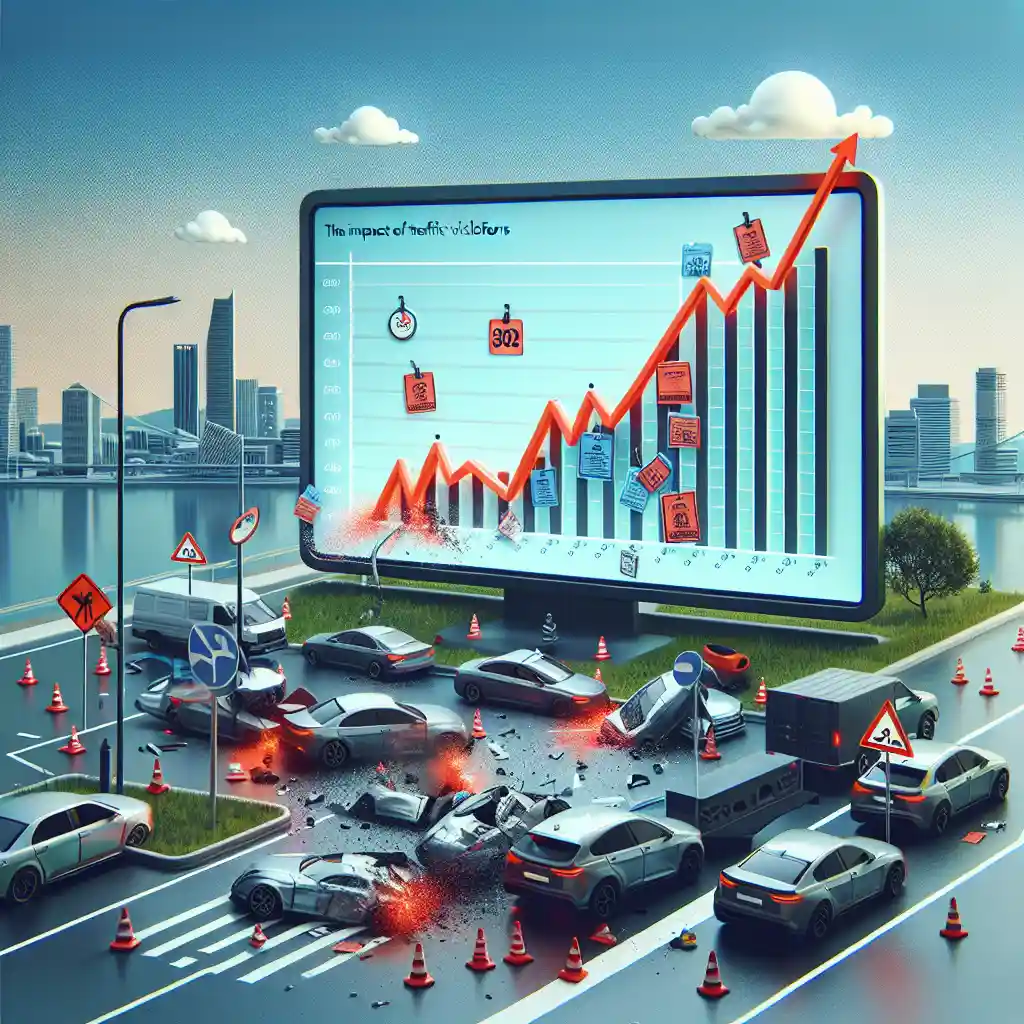Understanding Traffic Violation Categories: Infractions, Misdemeanors, and Felonies
In the legal system, traffic violations are categorized into different levels of severity, ranging from infractions to misdemeanors and felonies. Understanding these categories is crucial for individuals to comprehend the potential consequences of their actions on the road. This article will delve into the distinctions between infractions, misdemeanors, and felonies in the context of traffic violations.

Infractions: Minor Violations with Fines or Citations
Infractions are the least severe category of traffic violations and typically involve minor offenses, such as speeding, running a red light, or improper lane changes. These violations usually result in a citation, requiring the offender to pay a fine or perform community service. Infractions do not carry the risk of incarceration but can still impact one's driving record and insurance rates. It is essential to address infractions promptly to avoid potential escalation into more serious categories.
Misdemeanors: Intermediate Level Violations with Legal Ramifications
Misdemeanors in traffic violations encompass more serious offenses than infractions but are less severe than felonies. Examples of misdemeanor traffic violations include driving under the influence (DUI), reckless driving, or driving with a suspended license. Unlike infractions, misdemeanors can lead to criminal charges, fines, probation, or even a short jail sentence. Individuals facing misdemeanor charges should seek legal counsel to navigate the complexities of the legal process and mitigate potential consequences.
Felonies: Severe Offenses with Significant Legal Consequences
Felonies are the most severe category of traffic violations and involve serious crimes that pose a significant risk to public safety. Felony traffic offenses may include vehicular manslaughter, repeat DUI offenses, or fleeing the scene of an accident. Conviction of a felony traffic violation can result in substantial fines, lengthy imprisonment, and the permanent revocation of driving privileges. The legal implications of felony charges require immediate attention from experienced attorneys to mount a vigorous defense.
Differentiating Factors and Legal Ramifications
The distinctions between infractions, misdemeanors, and felonies in traffic violations lie in the severity of the offense and the potential legal consequences faced by the offender. Factors such as prior driving record, intent, and the presence of aggravating circumstances can impact how a violation is categorized. Understanding these nuances is essential for individuals to navigate the legal system effectively and protect their rights. It is crucial to seek legal advice if facing any level of traffic violation to ensure a fair and just resolution.
Importance of Compliance and Awareness
Compliance with traffic laws and regulations is paramount to ensure the safety of all road users and prevent the escalation of minor infractions into more severe offenses. By staying informed about traffic violation categories and legal implications, individuals can make informed decisions while driving and avoid potential legal pitfalls. Awareness of one's rights and responsibilities on the road is key to maintaining a clean driving record and upholding public safety.
Conclusion
In conclusion, understanding traffic violation categories, including infractions, misdemeanors, and felonies, is essential for all individuals using the roadways. By being aware of the different levels of severity in traffic offenses and their legal ramifications, individuals can take proactive measures to comply with the law and prevent potential legal consequences. Seeking legal guidance when facing any type of traffic violation is advisable to navigate the complexities of the legal system effectively. Stay informed, drive responsibly, and prioritize safety on the road to avoid encountering legal troubles related to traffic violations.













